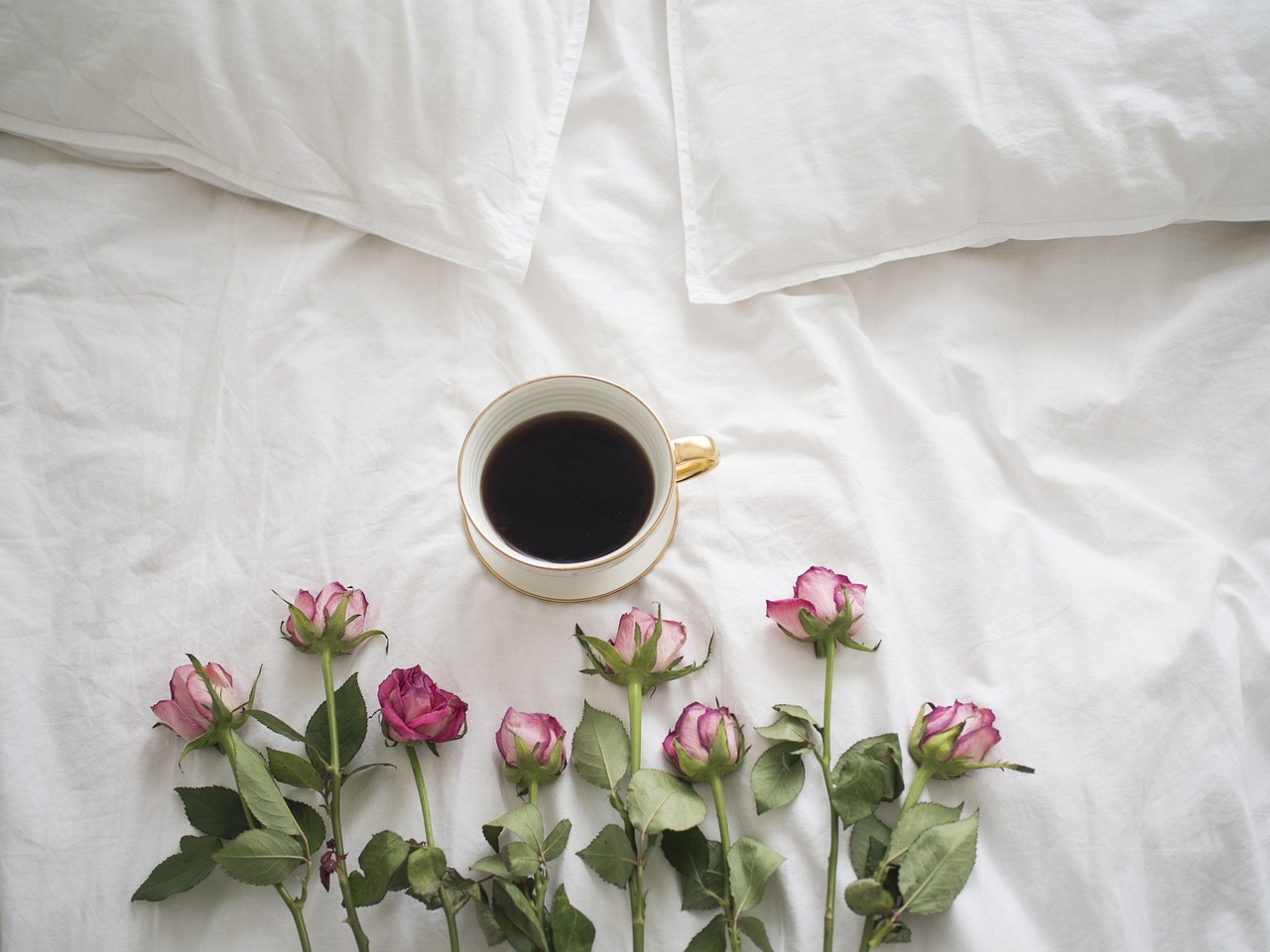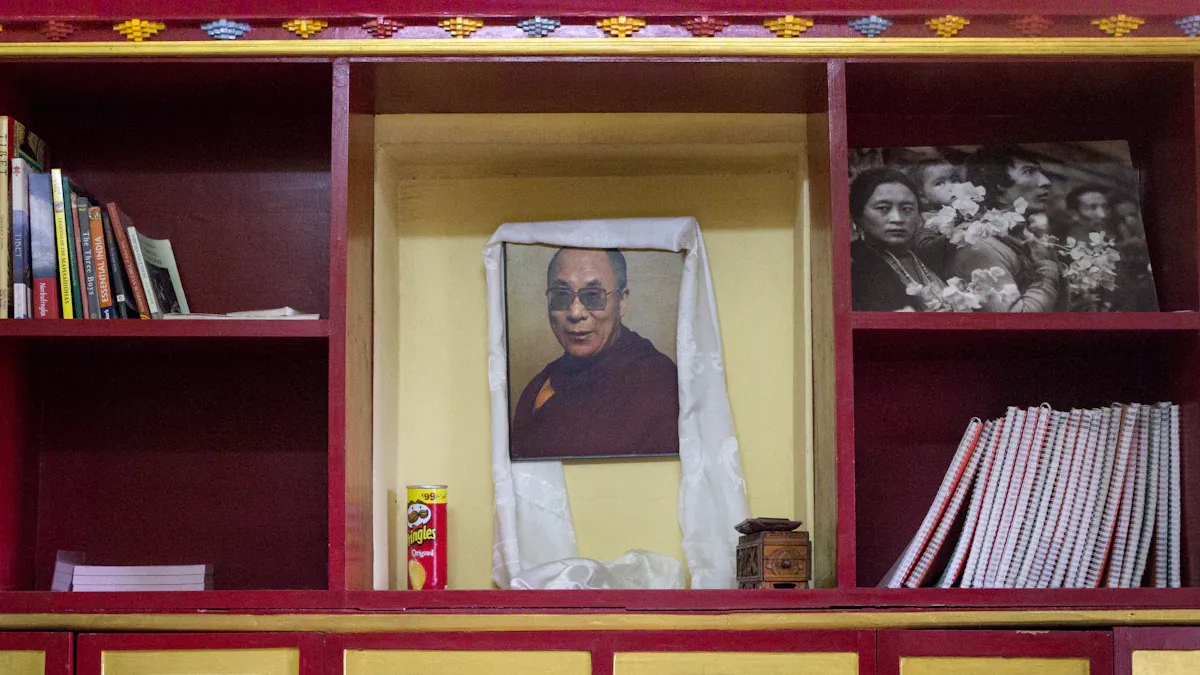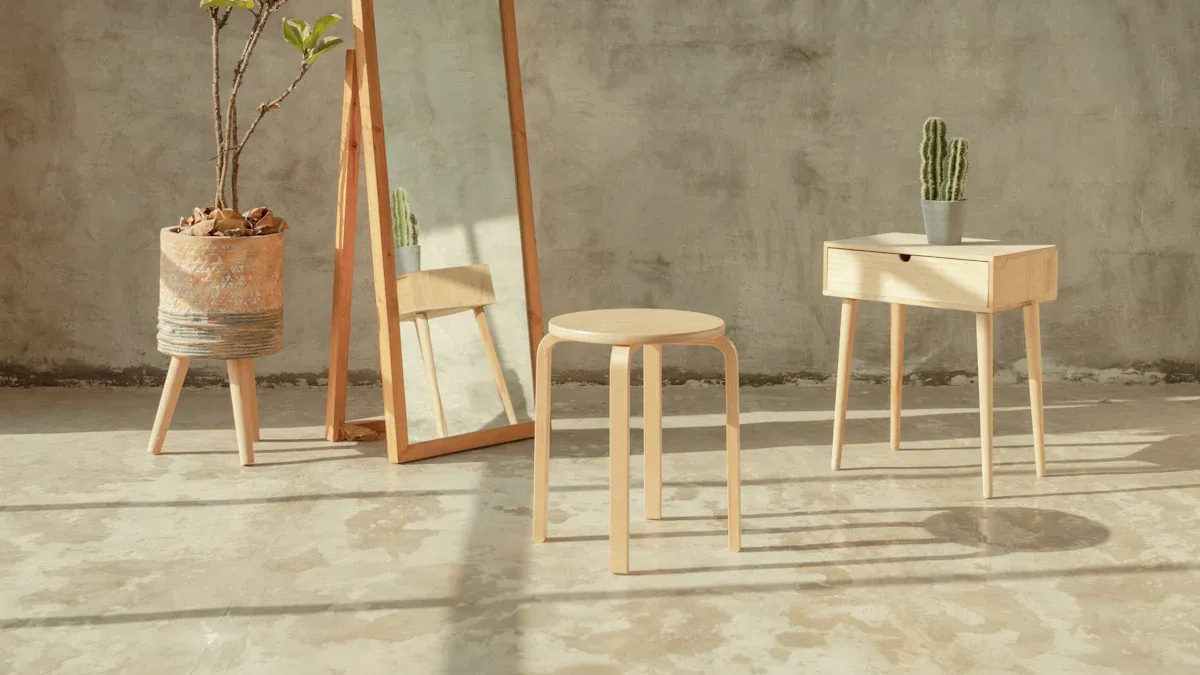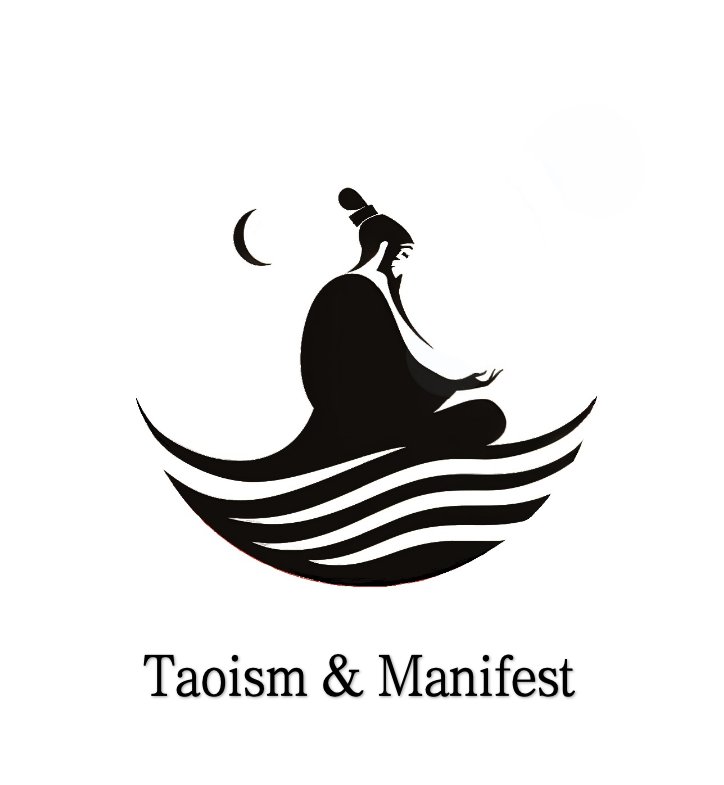
Taoism helps you find real harmony at home. When you follow taoist philosophy, you find balance every day. Tao Te Ching says compassion, saving, and being humble bring peace to your family. You can use tao to change how you think and make a caring space. Tao philosophy helps you let go of stress and find balance. With tao, you show kindness and watch harmony grow. Let taoist philosophy help you bring peace and balance. Think about how tao can calm family problems and fill your home with harmony.
Key Takeaways
Use Taoism’s Three Treasures—compassion, moderation, and humility—to help make your home calm and balanced. Try to be mindful every day. Do easy things like meditate or go outside. This can help lower stress and bring more peace. Be kind and listen to your family. This helps everyone trust each other and feel close. Keep your home simple by only having what you need. Take your time and enjoy each moment. Talk with humility and do not try to control everything. Let go of grudges to bring more peace and understanding.
Taoism at Home

Three Treasures
When you use Taoism at home, you start with the Three Treasures. These are compassion, moderation, and humility. They are very important in Taoist philosophy. Tao Te Ching says these are the best ways to live in harmony. Compassion means you are kind and care about others. It comes from your connection to the tao. Moderation means you do not do too much or too little. This helps your family stay balanced. Humility means you listen and learn from each other. It makes your home respectful and calm.
Compassion: You care for your family and understand their feelings. This helps everyone feel safe and loved.
Moderation: You do not waste things or do too much. This keeps your home simple and peaceful.
Humility: You are open to learning new things. This helps your family get along and grow together.
Taoist philosophy says these are not strict rules. They are natural ways to live with the tao. When you use these treasures, your home becomes a place where balance and spirituality guide you every day.
Daily Practice
Your home is a great place to start using taoism. Taoist practices fit well into family life. You can be mindful by sitting quietly for a few minutes. Meditation helps you relax and feel balanced. Simple things like tai chi or qigong help your body and spirit.
You can also use taoist ideas in daily life by going with the flow. Let your family spend time outside, away from screens. Nature helps you feel close to the tao and to each other. When you live with nature, you show your children how to find balance and be spiritual.
Taoism teaches you to accept life as it is. You do not have to force things to happen. Instead, let harmony grow with kindness, simplicity, and humility. This way of living makes your home peaceful and helps everyone grow spiritually.
Compassion in Family Life
Mindset Shifts
You can transform your home by starting with a compassionate mindset. Taoism teaches you to see each family member as part of a greater whole. When you practice compassion, you help everyone feel safe and valued. This approach does not mean judging who deserves kindness. Instead, you accept each person as they are. Taoist wisdom encourages you to let go of harsh labels and see the good in others.
Psychological research shows that when you receive compassion, you become more self-compassionate. You learn to treat yourself with kindness and patience. This helps you handle stress and bounce back from hard times. When you show compassion at home, you create a space where everyone feels heard and supported. This shift in thinking builds trust and helps your family grow closer.
Tip: When you feel upset, pause and ask yourself, "How can I respond with compassion right now?" This simple question can change the mood in your home.
Taoism also reminds you that compassion is not about following strict rules. You do not need to wait for someone to ask for help. You can offer kindness freely, just as the tao flows naturally. This mindset helps you move from judgment to understanding, making your home a place of peace.
Everyday Actions
You can bring compassion into daily life with small, thoughtful actions. Start by listening carefully when your child or partner speaks. Put away distractions and give them your full attention. This shows you care about their feelings and ideas.
Try these ways to practice compassion at home:
Give hugs or gentle words when someone feels sad.
Forgive mistakes without holding grudges.
Share chores and help each other without being asked.
Celebrate each person's strengths and efforts.
Offer support when someone faces a challenge.
Research shows that unconditional giving and forgiveness can heal family tensions. When you forgive without expecting anything in return, you let go of bitterness. This brings peace to your self and your loved ones. Families who practice forgiveness and kindness enjoy stronger bonds and fewer conflicts.
You can also encourage compassion by creating shared experiences. Cook a meal together, play a game, or volunteer as a family. These moments help everyone feel connected. Compassion is contagious. When you act kindly, others want to do the same.
Taoism teaches that compassion comes from living in harmony with the tao. You do not need to force it. Let it grow naturally through your actions and words. Remember, cultivating compassion is a journey. Each day gives you a new chance to show love and understanding.
Note: Taoism does not require you to be perfect. Mistakes are part of learning. When you treat yourself with compassion, you set a gentle example for your family.
Frugality and Simplicity

Mindful Living
You can bring harmony into your home by practicing mindful living. Taoist minimalism teaches you to focus on what truly matters. When you choose simplicity, you create space for peace and joy. You do not need to fill your home with many things. Instead, you can keep only what you use and love. This helps you save time and energy. Frugality is not about being cheap. It means using your resources wisely and with care. You can turn off lights when you leave a room or reuse items instead of throwing them away. These small actions help you live in harmony with nature and your family.
Taoist minimalism also encourages you to slow down. You can enjoy each moment and notice the beauty around you. When you practice moderation, you avoid doing too much at once. You give yourself time to rest and reflect. This makes your home feel calm and balanced. Moderation helps you manage your energy and avoid stress. You can choose simple meals, gentle routines, and quiet time together. These habits support reducing stress through taoist principles.
Reducing Excess
Reducing excess is a key part of living in harmony. You can start by looking at your possessions. Ask yourself if you really need each item. If not, you can let it go. This makes your space feel lighter and more open. Moderation guides you to buy less and use what you have. You can also make fewer social commitments. This gives you more time for family and rest.
Simplicity brings harmony to your relationships. When you keep routines simple, everyone knows what to expect. You can work together and support each other. Studies show that moderation and simplicity lower stress and help families feel closer. When you practice moderation, you avoid arguments about chores or schedules. You create a peaceful home where everyone feels safe.
You can also try do-it-yourself projects. These help you rely less on technology and paid services. Making things together builds teamwork and joy. Remember, moderation is not about strict rules. It is about finding balance and enjoying life. When you choose simplicity, you invite harmony into every part of your home.
Humility and Letting Go
Humble Communication
You can bring more peace into your home by practicing humble communication. Taoism teaches you to listen with your heart and speak with care. When you talk with your family, focus on understanding, not just on being right. This approach helps everyone feel valued and respected. You show humility when you admit mistakes and welcome feedback. You do not need to have all the answers. Instead, you can learn from each other and grow together.
Try these simple ways to practice humble communication:
Listen fully before you respond. Show you care by nodding or making eye contact.
Use “I” statements to share your feelings. For example, say “I feel upset when…” instead of blaming others.
Avoid raising your voice or interrupting. Stay calm and patient.
Ask questions if you do not understand. This shows you want to learn, not judge.
Thank your family members for sharing their thoughts, even if you disagree.
When you use these skills, you create a safe space for open talks. Humility helps you see your own strengths and weaknesses. You become more aware of your self and others. This builds trust and makes it easier to solve problems together. Families who practice humble communication enjoy stronger bonds and more peace at home.
Tip: If a discussion gets heated, pause and take a deep breath. Remind yourself that peace matters more than winning an argument.
Art of Letting Go
The art of letting go is a key part of taoism and family harmony. Letting go means you release the need to control every outcome. You stop holding on to anger, grudges, or the urge to always be right. When you let go of ego, you open the door to peace and better understanding. Many family conflicts start when someone feels the need to defend their self or prove a point. This defensiveness blocks honest talks and keeps problems alive.
You can practice the art of letting go in daily life with small steps:
Ask yourself what you need to release. Is it an old argument, a mistake, or a need for control?
Start with simple things, like letting go of clutter or strict routines.
Notice how holding on makes you feel. Often, it is more tiring than letting go.
Accept that you cannot control everything. Trust the tao and allow life to flow.
Forgive family members and your self. Forgiveness brings peace and helps you move forward.
Use daily affirmations or gratitude journaling to focus on positive changes.
Celebrate small wins. Each step in letting go builds your emotional strength.
Letting go also means you support your family’s growth. As children grow, you shift from controlling to guiding. You listen more and advise less. This balance helps everyone feel respected and loved. When you let go of ego, you make space for empathy and open talks. You show that peace matters more than being right.
Letting go builds emotional resilience. You learn to process feelings like anger or guilt and then release them. Mindfulness helps you stay calm during tough times. Setting healthy boundaries protects your self and keeps family life peaceful. When you focus on what you can control, you feel less stress and more hope.
Embracing humility connects you to openness and gentle leadership at home. You lead by example, showing that it is okay to admit mistakes and ask for help. You listen to all voices and make decisions together. This style of leadership creates trust and makes everyone feel safe. The tao teaches you to lead with softness, not force. When you practice humility and the art of letting go, you invite peace and harmony into every part of your home.
Note: Letting go is a journey, not a one-time act. Each day gives you a new chance to choose peace and balance.
You can change your home by using Taoism’s Three Treasures. These are compassion, frugality, and humility. When you follow Taoist philosophy, you bring balance and peace. You also help your family grow spiritually every day. Letting go and being humble help your home stay calm for a long time. Try starting with one Taoist practice, like mindful breathing. You could also spend a quiet moment with Tao Te Ching. Using Taoist ideas helps you care for yourself and find balance. It also helps you feel more spiritual. Let Tao show you how to make your home peaceful and loving. This is the start of changing yourself for the better.
FAQ
What is the best way to start practicing Taoism at home?
You can start with small steps. Try mindful breathing or spend a few quiet minutes each day. Show kindness to your family. Let go of stress and enjoy simple moments together.
How can I teach my children about Taoism?
You can teach by example. Show compassion, share, and listen to them. Use stories or simple activities. Let your children see you practice humility and kindness every day.
Can Taoism help reduce family arguments?
Yes! Taoism teaches you to listen, forgive, and let go of being right. When you use humble words and stay calm, you help everyone feel safe. This makes arguments happen less often.
Do I need special tools or decorations for a Taoist home?
No special tools are needed. You can use what you already have. Focus on keeping your space simple and peaceful. Nature, fresh air, and a tidy room help create a Taoist feeling.
How does Taoism help with stress at home?
Taoism helps you slow down and focus on what matters. You learn to let go of worries and enjoy the present. Simple routines and gentle words make your home feel calm and safe.






